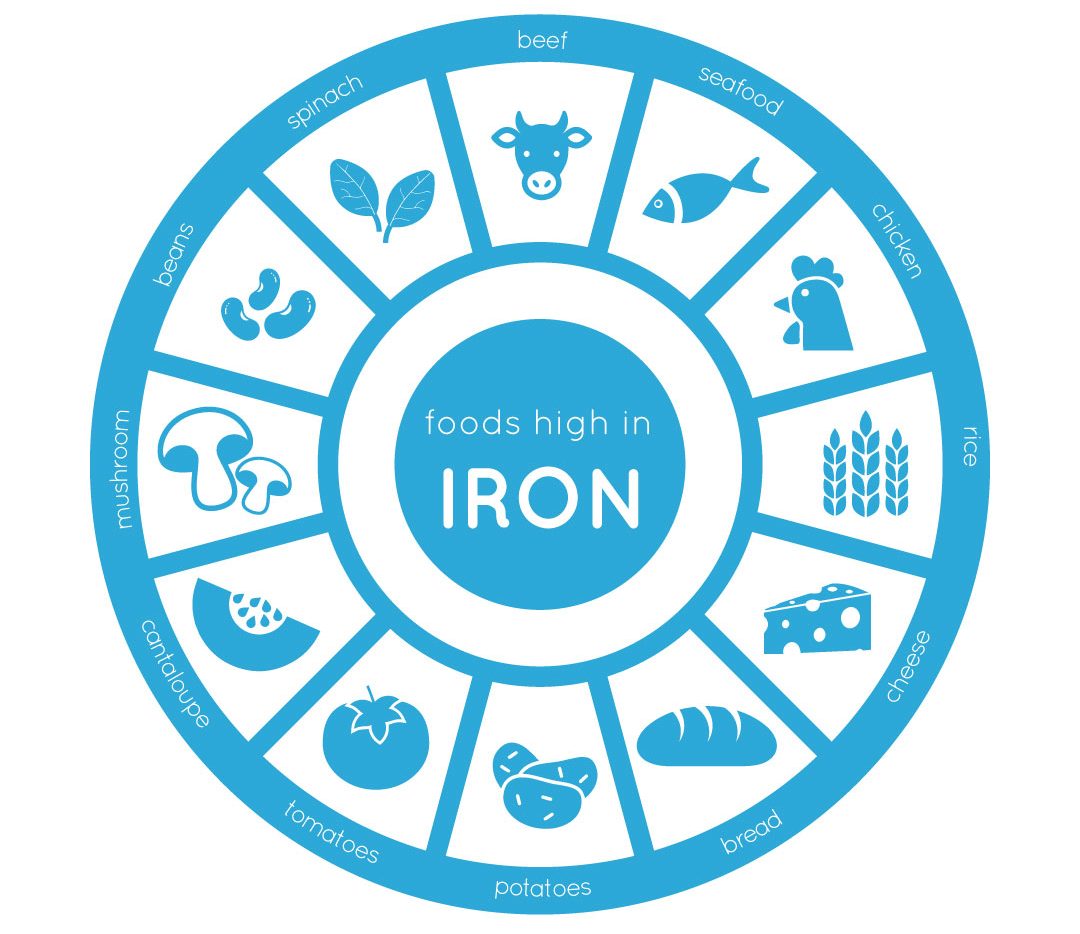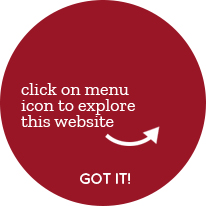Why iron is important in blood donation
October 1, 2021

Ever treat yourself to a steak dinner before a blood donation? Or serve up an omelet filled with spinach before you head to The Community Blood Center? Besides enjoying a few delicious meals, you’re probably doing this to make sure your hemoglobin is high enough to donate.
What actually is hemoglobin? Well, it’s a protein in red blood cells that carries oxygen throughout your body. Your body uses iron to make it, so if you don’t have enough iron, your body won’t make enough hemoglobin.
Hemoglobin is one of the health checks that occur during the donor screening process (aka the finger prick). If your hemoglobin level is too low, you won’t be able to donate that day. (But you can still get a cookie—don’t forget about that!) You’re encouraged to try donating again in a few weeks.
How can I increase my iron levels to donate blood?
There are some easy ways to help increase your iron and, therefore, your hemoglobin—starting with the foods you eat. We recommend a healthy and balanced diet that includes iron-rich foods, like the ones shown in the graphic on this page. The good news is there are plenty to choose from, so you’re sure to find one that suits your taste buds! It’s also helpful to combine iron-rich foods with Vitamin C to help absorb iron—think orange juice or other citrus juices.
You may also want to consider a multivitamin with iron or an iron supplement but consult with your physician on this one first.
If you have any questions regarding hemoglobin, eligibility, or tips for a successful blood donation, give us a call at (800) 280-4102.


